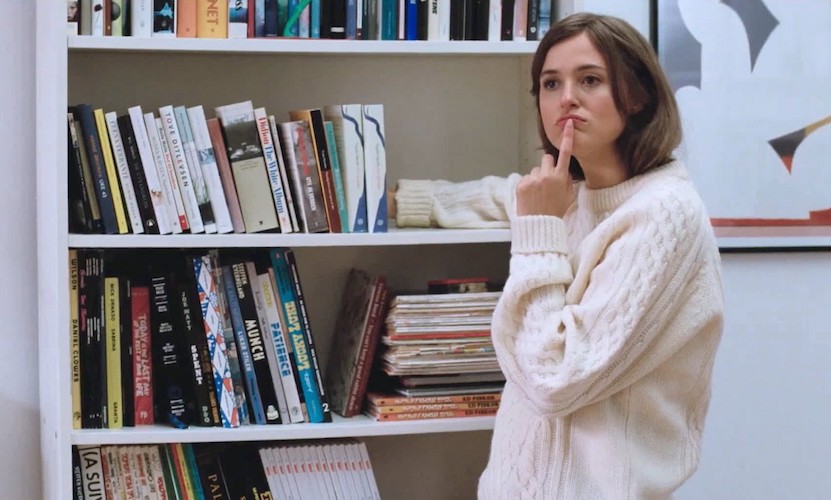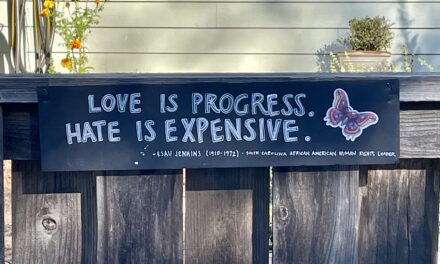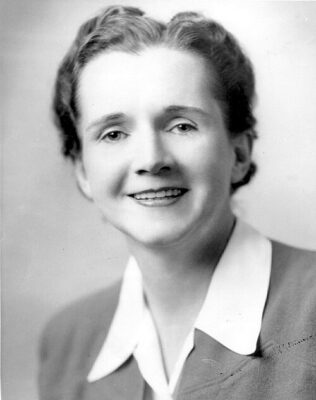
With its smart writing and edgy storytelling, The Worst Person in the World towers above the vast majority of romantic comedies. It’s also the third of the so-called Oslo Trilogy written and directed by the Norwegian filmmaker, Joachim Trier. Millennial angst and relationship challenges are their primary through lines, but each film is a stand-alone with completely different plots and characters. The Worst Person in the World spans roughly four tumultuous years in the life of a twenty-something woman named Julie, phenomenally portrayed by Renate Reinsve. Literally the day before Trier offered Reinsve the lead role, she considered giving up acting. Her performance went on to win Best Actress at the Cannes Film Festival.
We’re introduced to Julie with an enigmatic pre-title image of her standing alone on a balcony; it’s broad daylight, she’s wearing a black evening gown, party sounds in the background, and it’s obvious something is on her mind. Though the context isn’t revealed until much later, the scene foreshadows a pattern; whenever Julie gets trapped in her head – whether sitting in silence at a dinner party, looking over Oslo from a hilltop, or lying in bed at night staring at the ceiling – woe betide the man in her life. A snappy prologue gives us the CliffsNotes on Julie’s recent past and establishes her fickle nature as she constantly changes her scholastic trajectory and plays musical chairs with various men. Following the whirlwind intro, the rhythm slows but the elliptical structure remains, divided over twelve chapters and an epilogue.
The story proper begins at a local watering hole where Julie runs into Aksel, played by Oslo Trilogy veteran Anders Danielsen Lie. Aksel, fifteen years older, is the celebrity artist behind a popular series of underground comics. Julie falls hard for him, and despite their age difference the potential for a long-term relationship looks promising; he’s stable, sincere, and has life experience to share. In social situations, however, Julie is more of an accessory than an equal. Light comedy and existential crises wax and wane as formative experiences ensue for both.
Among the more memorable chapters are “Chapter 5: Bad Timing,” when everything around Julie freezes Matrix-style as she loses herself within a rhapsodic fantasy, and “Chapter 8: Julie’s Narcissistic Circus,” where unresolved father issues, ambivalence towards parenthood, and fear of aging prove to be the worst kind of baggage to bring along on a psilocybin-fueled magic carpet ride. One of the more profound moments comes from a monologue given by someone who is facing down his own mortality; his dream of turning back the clock to happier times will resonate with anyone suffering from pandemic-induced nostalgia.
The declarative title raises an obvious question: Is Julie the worst person in the world? It might imply we should be critical of her; one could argue hers is the story of a privileged and capricious young woman. But the more we get to know Julie, the more ironic the title becomes. Her unrelenting quest for greater happiness, to not settle, is not only within her right, it’s admirable, especially from a feminist perspective. In the end, The Worst Person in the World is about modern romance and self-discovery, and while the epilogue suggests Julie has achieved some measure of contentment and personal growth, she may never see herself as clearly as we do.
For KSQD’s Film Gang, this is Paul Kanieski












